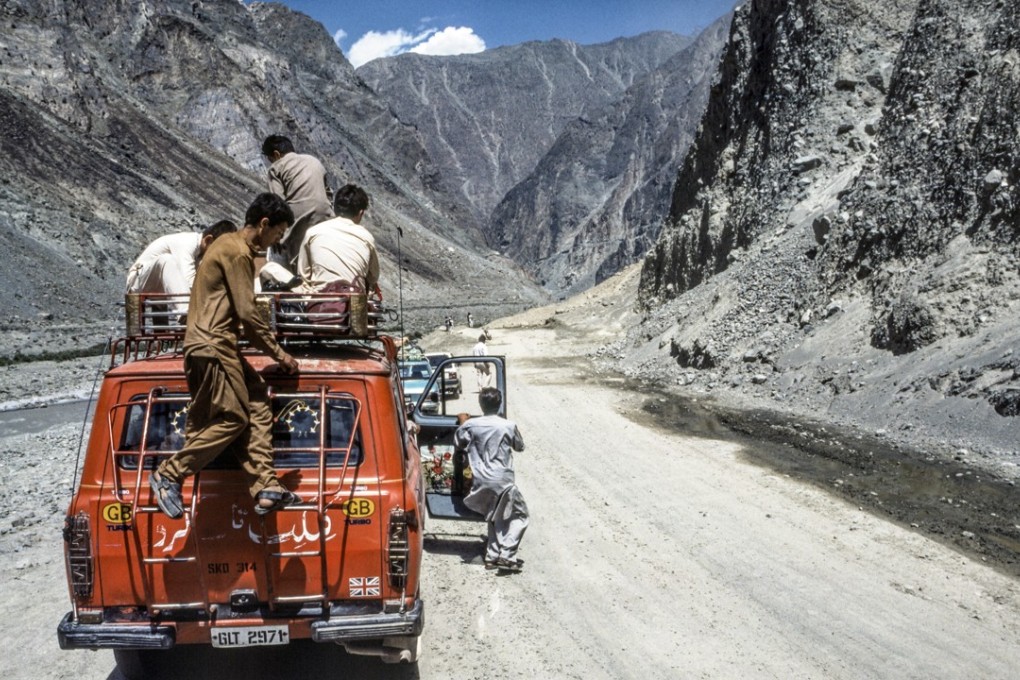Highway to sell: How $55b trade corridor rekindled China-Pakistan love affair
A US$55 billion programme to link the routes of China’s Belt and Road plan through Pakistan has revived a relationship that began with the Karakorum Highway – even if critics blame it for mischief in Kashmir

A young Chinese Muslim named Adam crosses one of the world’s highest borders into Gilgit-Baltistan, a mountainous region that forms the sole land bridge between China and Pakistan. He was just a baby when his father perished, along with hundreds of other Chinese construction workers, while carving the strategic Karakorum Highway into treacherous mountain slopes in the 1960s and 70s.
Adam’s father paid the ultimate price to lay the foundations for the present-day China-Pakistan Economic Corridor (CPEC), a US$55 billion infrastructure programme to link the overland and maritime routes of President Xi Jinping’s ( 習近平 ) “Belt and Road Initiative” – Beijing’s plan to recreate the ancient Silk Road trade route. His sacrifice helped to extend China’s connectivity to the markets of the Middle East, Africa and Europe, and break its dependence on sea lanes in the contested waters off its Pacific coastline.
How rekindled Sino-Indian tensions are reshaping Asian geopolitics
But that means little to Adam, who grew up without ever having known his father. Seeking emotional closure, he sets out on a quest for answers in the foreign land that claimed his father’s life, equipped only with a mobile translation app to overcome his inability to speak English and Urdu.
His chances are slim, at best, but fate introduces Adam to a group of Pakistani tourists in the Hunza Valley, the picturesque first stepping stone along the corridor, and a platonic romance blossoms between Adam and Resham, a pretty doctor from Karachi.

Unfortunately for Adam, wistful glances and a temperamental translation app are not enough to develop a sustainable relationship – but that hasn’t stopped such scenes from being a hit with the Pakistani audiences who have watched them unfold on cinema screens as a subplot of the feature film Chalay Thay Saath (They Walked Together), released on April 21.
“The [Pakistani] audience is now mature enough to accept a Chinese hero – after all, we are all fans of Jackie Chan,” said Pakistani critic Omair Alavi. Alavi pointed out a similar storyline featured in a television play aired by Pakistan’s state broadcaster after the 1978 completion of the Karakorum Highway. The only difference is that Adam, portrayed by Chinese Canadian actor Kent S. Leung, is a Muslim.